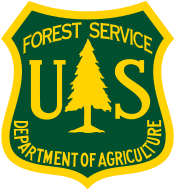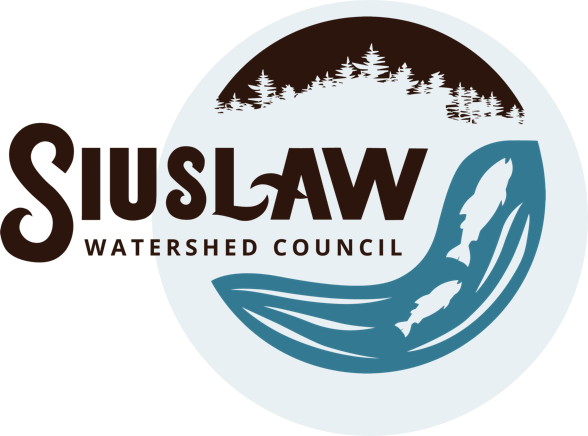Greetings SWC members!
Since 1993, from March through June, the Knowles Creek Smolt Trap has monitored juvenile salmon, or smolts, as they migrate out to the estuary and eventually the ocean. A smolt is a young salmon just after the parr stage, when it adapts from living in fresh water to living in seawater through a process called smolting or smoltification. We monitor many different species in this creek that flows into the Siuslaw River under the Highway 126 bridge in Mapleton. In fact, we collect and count most fish species that inhabit the Siuslaw’s tributaries. The list includes coastal cutthroat trout, steelhead, red side shiner, longnose dace, three-spined stickleback, adult Pacific lamprey and many others who made their way into the rotary screw trap overnight before we empty it in the morning. The data collected from the trap represents one of the longest continuous data sets for smolt monitoring on the Oregon Coast and the trap is owned by the United States Forest Service (USFS), operated by USFS Central Coast Ranger District staff with help from SWC and usually many volunteers.
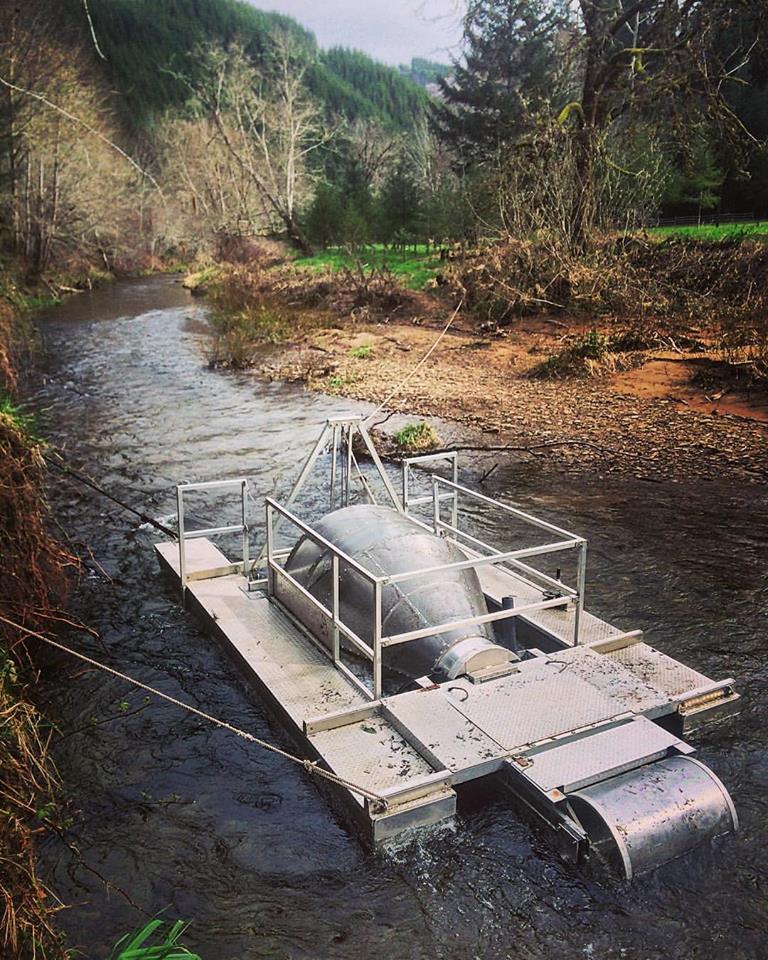
This year was unique in many ways. Most noticeable and disappointing was that we did not have the support of our committed volunteers or students from Mapleton and Siuslaw schools due to the health crisis. Oh, how we missed them all! School districts usually send out dozens of student volunteers each week. In the past, field trips included stations on macroinvertabrates, water quality, fish identification, and riparian ecology. In addition to this loss, we lost our strongest volunteer mid-season due to a knee injury. SWC and Forest Service were on our own this season to check the trap in pairs, keeping our six feet of social distance as much as possible, and wearing masks when necessary.
Unexpectedly, we did not need to install a motor on the trap to keep it turning late in the monitoring season thanks to higher than usual amounts of precipitation in the month of May. The coho smolts fared well in Knowles Creek this year thanks to steady flows with few flood events in the early spring, then an unusually wet May that kept stream temperatures cool through the month. The May showers extended the spawning season for Pacific lamprey and we saw above average lamprey numbers in 2020 thanks to these sustained, cooler water temperatures through late spring.
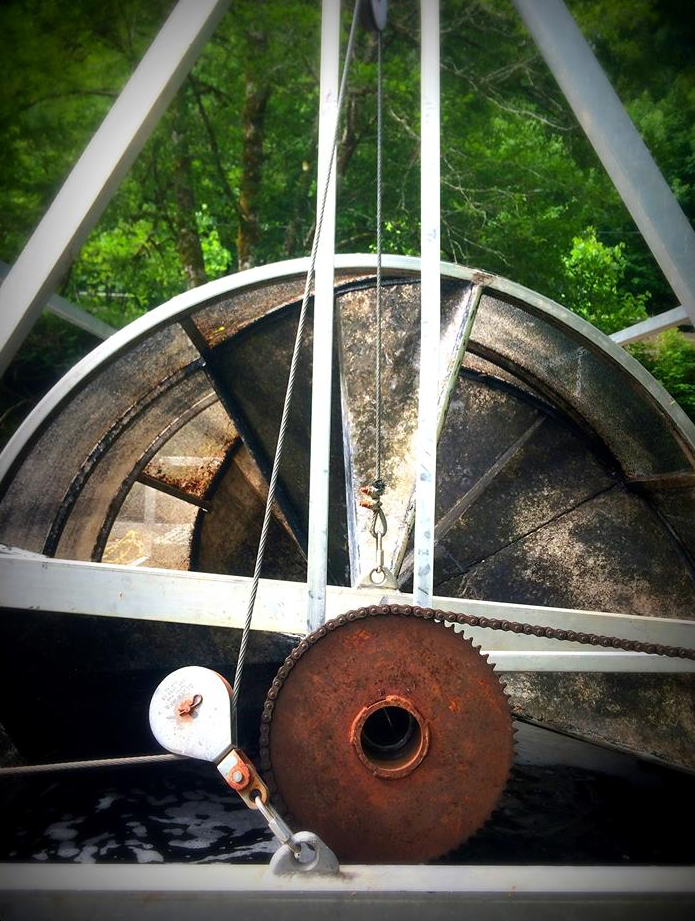
This long term study helps US Forest Service fish biologists asses downstream migration timing and abundance of juvenile salmon and steelhead, and the effectiveness of past habitat improvement projects upstream from the trap. Every morning the trap is emptied, the smolts measured and weighed, and all fish are counted and documented. Additional data is gathered, including river stage, weather, temperature, and more. This additional data helps fish biologists track changes in smolt abundance in relation to river flows, temperatures, and other environmental data.
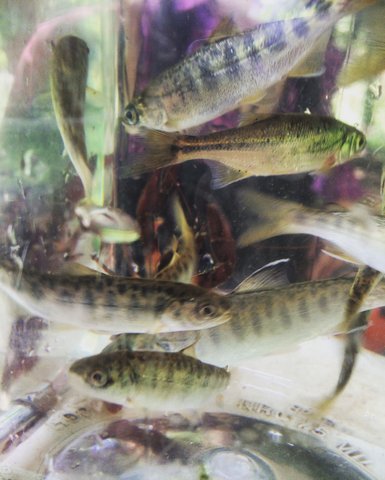
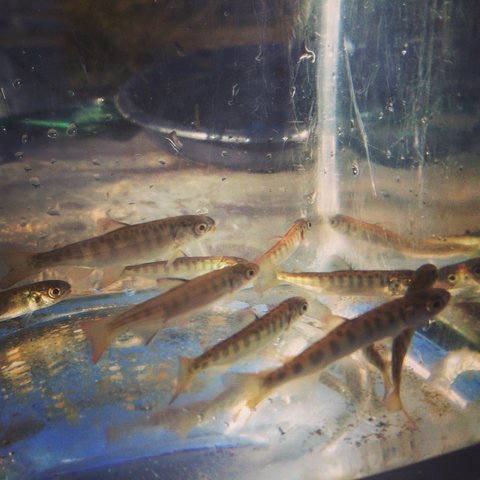
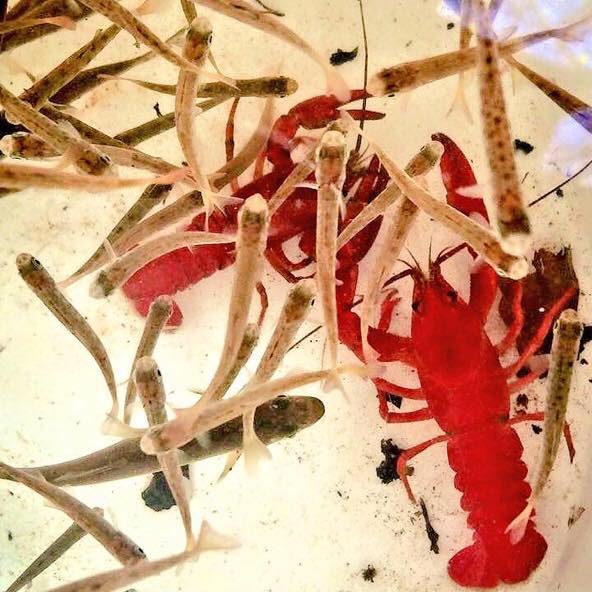
FUNDERS
